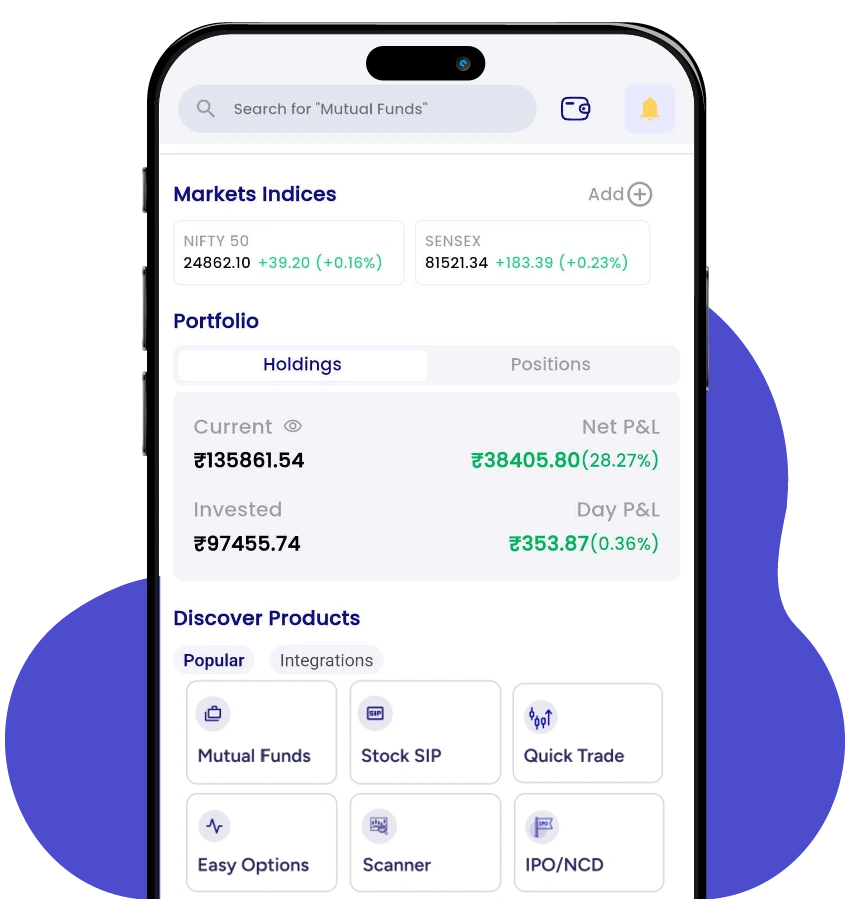“Completely false and misleading”: Govt quashes UPI fee rumours
- 12th June 2025
- 03:30 PM
- 5 min read
Mumbai | June 12
“Speculation and claims that MDR will be charged on UPI transactions are completely false, baseless, and misleading.”
— Ministry of Finance, on X
On Wednesday morning, social media and news platforms lit up with a headline that immediately struck a nerve: the government was reportedly planning to impose charges on Unified Payments Interface (UPI) transactions, particularly for payments exceeding ₹3,000. The source? A report by NDTV Profit, citing unnamed officials who claimed that the Centre was reviewing the zero Merchant Discount Rate (MDR) regime to ensure long-term sustainability of the digital payment ecosystem.
The response from the Ministry of Finance came within hours — sharp, specific, and categorical. In a strongly worded post on X (formerly Twitter), the government dismissed the report entirely. No such fee is being considered, and the policy on zero charges remains intact.
“Such baseless and sensational speculations cause needless uncertainty, fear and suspicion among citizens,” the ministry added.
“The government remains fully committed to promoting digital payments via UPI.”
A Rumour That Refused To Fade
What started as a speculative policy update quickly gained momentum across social media. The NDTV Profit report suggested that the Centre was exploring a selective reintroduction of MDR — a small fee paid by merchants to banks and payment processors — on large-ticket UPI transactions. The goal, it said, was to make the system more financially viable for payment service providers, who currently handle billions of transactions at no cost to the consumer.
It wasn’t an outrageous idea. MDR used to exist on UPI and RuPay transactions until January 2020, when the government waived it to boost adoption. But with UPI’s scale now far beyond initial expectations, questions around the long-term cost of maintaining a free infrastructure have been bubbling beneath the surface.
Wednesday’s report brought those tensions into the open.
UPI’s Growth Story Is Also a Cost Story
Introduced in 2016, UPI has grown into the dominant force in India’s digital payment landscape. According to data from the National Payments Corporation of India (NPCI), UPI processed 18.68 billion transactions in May 2025, up from 17.89 billion in April. The total value of transactions in May hit ₹25.14 lakh crore.
Since 2020, person-to-merchant UPI transfers alone have crossed ₹60 lakh crore.
The RBI’s FY25 annual report noted that India accounted for 48.5% of global real-time payment volumes, with UPI contributing the bulk of that share. Nearly 80% of all retail digital payments in the country now go through UPI.
But while the user experience has been seamless and free, the underlying infrastructure costs real money to maintain. Servers, cybersecurity, transaction reconciliation, fraud management — these aren’t free services. Banks and fintech companies handling the backend have no MDR revenue to rely on, which is why the sustainability conversation continues, even if the government isn’t ready to change course yet.
An Incentive-Backed Free Model
To offset some of the financial burden, the government had introduced a ₹1,500 crore incentive scheme, reimbursing banks and service providers for facilitating small-value UPI transactions. This scheme was recently extended, a move that indicates the government’s preference to subsidise rather than charge.
Yet, many in the payments industry argue that this stopgap approach may not hold for much longer. A growing volume of high-value, zero-fee transactions — particularly from large merchants — means that payment processors are running the system at a loss, at scale.
Earlier this year, the Payments Council of India, an industry body, wrote to the Prime Minister’s Office requesting a 0.3% MDR on UPI payments made to large merchants. The suggestion was framed as a middle path — keep UPI free for everyday consumers and small businesses, but introduce minimal fees for corporates and high-volume entities.
No Fees, No Policy Shift — At Least For Now
Despite the growing industry pressure, the Finance Ministry’s latest clarification puts the matter to rest — for now. UPI remains free. No MDR is being introduced. No shift in policy has been approved or is under consideration.
This is not the first time rumours around UPI charges have surfaced, and likely won’t be the last. Each time, the underlying question remains the same: how do you sustain a zero-fee digital infrastructure at scale?
As volumes rise and expectations of speed and reliability increase, the financial model behind UPI will inevitably come under more scrutiny. But as of today, the government is standing firm.
“The government remains fully committed to promoting digital payments via UPI,” the Finance Ministry said, reiterating its stance.
For Indian consumers and small businesses, the message is clear: there will be no charges on UPI transactions. But for those running the pipes behind the scenes, the real conversation — about who pays to keep India’s most successful digital platform running — is far from over.





